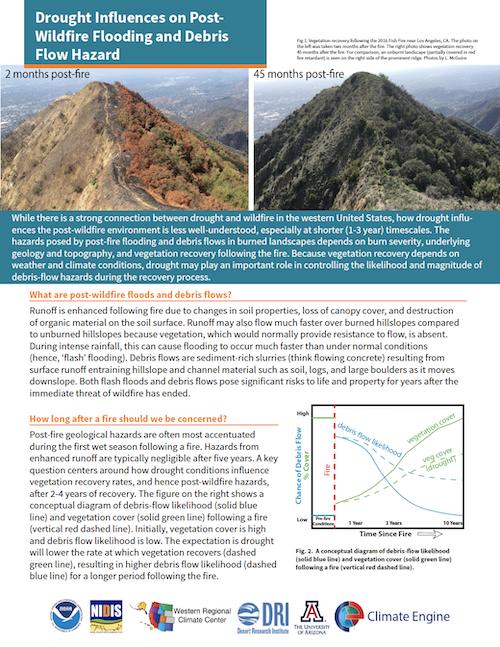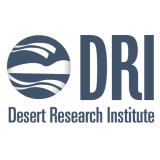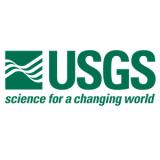Expanding Monitoring & Modeling to Assess the Role of Drought in the Persistence of Post-Fire Debris-Flow and Flood Hazards in the Western U.S.

While there is a strong connection between drought and wildfire in the western United States, how drought influences the post-wildfire environment is less well-understood, especially at shorter (1-3 year) timescales. The hazards posed by post-fire flooding and debris flows in burned landscapes depend on burn severity, underlying geology and topography, and vegetation recovery following the fire. Because vegetation recovery depends on weather and climate conditions, drought may play an important role in controlling the likelihood and magnitude of debris-flow hazards during the recovery process.
This project has the following objectives:
- Use field measurements to quantify how soil infiltration rates and vegetation/ground cover change as a function of time since burning.
- Use available products from Climate Engine to determine which (if any) remote sensing product can serve as a proxy for soil recovery and which (if any) can serve as a proxy for vegetation recovery.
- Quantify how and why rainfall intensity-duration thresholds for debris flows vary as a function of time and precipitation patterns (drought) since burning at our study sites.
- Evaluate the relationship between observed precipitation temporal patterns and departures from normal to changes in infiltration and vegetation at the study sites. Use this information to increase understanding of the role of drought in post-wildfire recovery.
- Communicate results to various partners and relevant regional drought early warning systems (DEWS), as well as the broader scientific community.
- Make recommendations for the use of remotely sensed products to determine when thresholds are likely to have changed at burned sites. Make suggestions for the development of operational tools for quantifying changes in rainfall ID thresholds as landscapes recover from wildfire, including how they may be modified by drought conditions.
For more information, please contact Britt Parker (britt.parker@noaa.gov) or Amanda Sheffield (amanda.sheffield@noaa.gov).
Research Snapshot
Ben Hatchett, Western Regional Climate Center/Desert Research Institute
What to expect from this research
- A final report describing relationships between time since fire, soil hydraulic properties, and drought within the context of post-fire flash flood and debris-flow hazards in the southwestern U.S.
- Peer-reviewed publications focused on the relationship between drought, post-fire recovery, and the persistence of flash-flood and debris-flow hazards following fire.
- Peer-reviewed publications focused on the role of post-fire impacts on snowpack with respect to snow accumulation and ablation with implications for drought and post-fire hazards.
- Dissemination of results through presentations and fact sheets to stakeholders and the scientific community.
Read the articles published as a result of this research:
- Martinez, J. R., L. A. McGuire, and A. M. Youberg. 2025. Insights into temporal changes in debris flow susceptibility following fire in the Southwest USA from monitoring and repeat estimates of soil hydraulic and physical properties, Earth Surface Processes and Landforms, 50(2), February 2025.
- T. Liu, L. McGuire, N. Oakley, and F. Cannon. 2022. Temporal Changes in Rainfall Intensity–Duration Thresholds for Post-Wildfire Flash Floods in Southern California, Natural Hazards and Earth System Sciences, 22, 361–376, February 2022.
- Olivia J. Hoch, Luke A. McGuire, Ann M. Youberg, Francis K. Rengers. 2021. Hydrogeomorphic Recovery and Temporal Changes in Rainfall Thresholds for Debris Flows Following Wildfire, JGR Earth Science, 124 (12), December 2021.
- T. Liu, et al. 2021.The Timing and Magnitude of Changes to Hortonian Overland Flow at the Watershed Scale During the Post-Fire Recovery Process, Hydrological Processes, May 2021.
- M. A. Thomas, et al. 2021. Postwildfire Soil‐Hydraulic Recovery and the Persistence of Debris Flow Hazards, JGR Earth Surface, May 2021.
- F. K. Rengers, et al. 2020. Landslides After Wildfire: Initiation, Magnitude, and Mobility, Landslides, August 2020.
- B. J. Hatchett, et al. 2023. Midwinter Dry Spells Amplify Post-Fire Snowpack Decline, Geophysical Research Letters, 50 (3), February 2023.
- A. L. Koshkin, B. J. Hatchett, and A. W. Nolin. 2022. Wildfire Impacts on Western United States Snowpacks, Frontiers in Water, August 2022.






